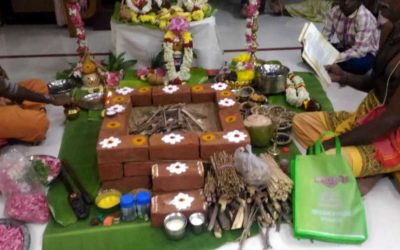MANALI:There are over 5,000 sacred groves maintained by the villagers, maximum in the country. Local religious beliefs have led to a sacred relationship between man and forests – replete with herbs and fauna. Deities are a living presence in the hill state and sacred groves are among places where people connect with the divine. In effect, each grove is associated with a particular deity.
Some of the groves have a few trees and others have thousands, including shrubs and herbs. Since it is considered a sin to uproot or damage even a twig, most of the plants here are old. New ones are born with the natural process of renewal. A few village residents believe trees are deities themselves while others believe the grove is the habitat of a deity.
The intermingling of faith and ecological conservation has captured the attention of scientists and environmentalists studying sacred groves across the country. The sacred grove of Nagoni in Himachal has the largest number of plant species, including 13 kinds of trees, six shrubs and 34 herbs. Many scientists have written books like ‘Sacred Sites of India,’ based on groves where they studied the tradition of community management of forests for cultural reasons. The study shows that Kerala has more than 2,000 sacred groves and Maharashtra has over 1,500.
Conservator of forests, Himachal forest department B S Rana said people have religious connection with these sacred groves and can go to any extent to protect them. “In Himachal, we can see hundreds of such protected groves where villagers believe deities like Jogni Mata live. History is not clear but whatever the reason may be, this helps in the protection of a large number of trees,” he said. At some places, people do not even collect dry leaves and wood from these areas. Villagers, in presence of their deity, organize religious events inside these groves where temples have been built.
Tirth Ram, kardar (caretaker) of Jamlu devta at Soyal village in Kullu, where villagers have protected a grove in a deodar forest with hundreds of large trees, said, “This grove is of the deity. We cannot think of harming these trees.”
According to environmentalist Mehar Chand Thakur, many areas, including Kullu, had a tradition of people suffering from contagious disease being forced to leave their village and stay underneath Pinus trees in forests. “Before houses, many people lived in dense forests. People have had many relationships with forests since ages. Preservation of sacred groves is one of them,” he said.
TSFCCT performs Ganapathi Homam at Mahakali Temple
Secunderabad: On the occasion of 1st day of new financial year (2019-2020), Telengana State...




0 Comments